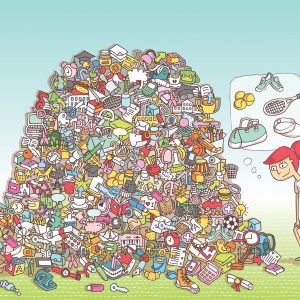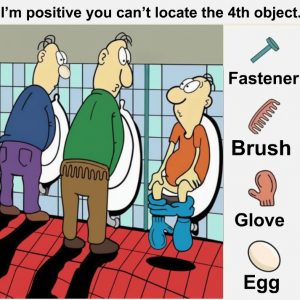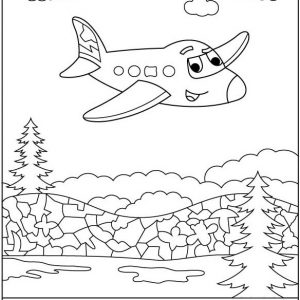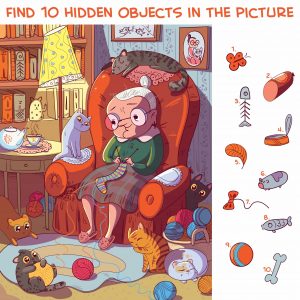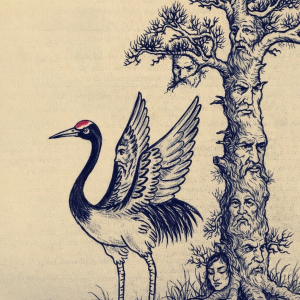Challenge Your Observation: Spot 10 Hidden Differences in the Cozy Kitten Knitting Scene
The Timeless Appeal of Spot-the-Difference Puzzles
Have you ever lost track of time hunting for those elusive little twists that set two seemingly identical pictures apart? Spot-the-difference puzzles have entertained and sharpened minds for generations, blending relaxation with a stimulating mental workout. Whether you’re a casual puzzler or a full-blown sleuth, discovering each subtle change brings a rush of “aha!” satisfaction. Today, we’ve got a heartwarming illustration: granny knitting in her armchair, surrounded by playful kittens and a crackling fireplace. Think you can uncover all 10 sneaky edits hiding in plain sight? Let’s dive in and learn how to tackle this puzzle like a pro.
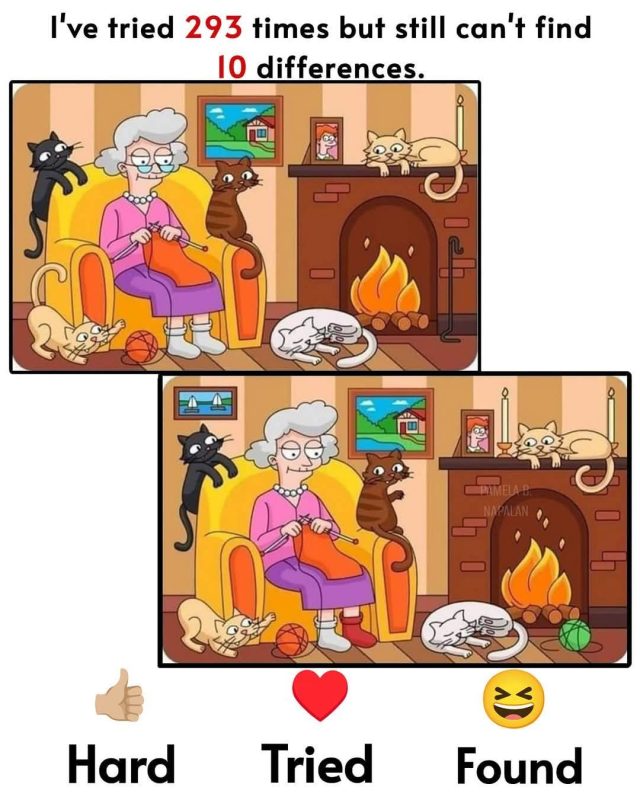
Meet the Scene: Grandma’s Feline-Filled Knitting Nook
Picture this cozy room: a warm yellow armchair nestled before a brick fireplace, in which cheerful flames dance. On the mantel rests a single framed photo and a tall candle. Five curious cats lounge and pounce—one black kitten atop the chair’s arm, a tiger-striped cat by granny’s side, a ginger tabby batting a stray sock, a white cat napping at her feet, and a chubby cream cat perched on the hearth. Granny sits knitting a bright orange scarf, yarn spilling onto the floor beside a well-worn basketball and a forgotten slipper. Subtle swaps in color, position, or count transform one version into the other. Ready to train your eyes?
Zone-By-Zone Scanning: Your First Line of Attack
Systematic searching prevents frustration and ensures you don’t miss any edits:
- Divide the Image: Mentally split the scene into left, center, and right thirds. Focus on one section at a time before moving on.
- Top-to-Bottom Sweep: Start at the ceiling line—where the cat peers over the chair—and glide down past granny, the floor, and the scattered toys.
- Mark Each Find: If you’re working on paper, circle differences lightly; on screen, jot a quick tally. This avoids redundant checking.
By marching through quadrants, you transform a daunting 10-difference hunt into manageable mini-quests.
Color Cues and Object Counts: Quick-Hit Strategies
- Color Shifts: Bright hues jump out first. Notice if granny’s cardigan was pink and becomes lavender, or if the basketball switches from orange to green.
- Count and Compare: How many logs lie beneath the fire? Was that flickering candle once unlit, or did the number of cats change? Counting similar items—like stacked books or yarn balls—tips you off to missing or extra pieces.
- Edge-to-Edge Alignments: Look for misaligned patterns. The knitting stitches on granny’s scarf might form a zigzag in one image and a straight knit in the other. Even minor pattern tweaks can betray a hidden swap.
Employ these tactics on each third of the scene to surface most differences quickly.

10 Sneaky Differences Revealed
Did your eagle eyes spot them all? Here’s the full list of edits hiding among the knitting needles:
- Cardigan Color Change: Granny’s cozy cardigan shifts from warm pink to soft lavender.
- Yarn Ball Count: Two yarn balls next to granny’s feet turn into three (or vice versa) in the alternate image.
- Basketball Hue: That orange basketball on the floor becomes bright green.
- Slipper Disappears: The lone slipper by the hearth vanishes in one version.
- Kitten Count: The ginger tabby pouncing on the sock in one image is missing in the other—total cat count shifts from five to four.
- Candle Height: The single mantel candle grows taller (or shorter) between the two scenes.
- Framed Photo Detail: The family photo above the fireplace shows granny alone in one picture and with her granddaughter in the other.
- Brick Pattern Swap: A single brick in the fireplace surround flips orientation—horizontal lines become vertical.
- Sock Stripes: The stray sock plays with stripes: thick orange bands switch to thin yellow ones.
- Knitting Needle Tip: One knitting needle sports a round topper originally; in the alternate version, it’s plain metal.
Each tweak—whether a color tweak or a missing kitten—adds up to a satisfying puzzle burst when you nail that final find.

Beyond the Puzzle: Why This Exercise Matters
Spot-the-difference games aren’t just idle fun; they deliver real cognitive benefits:
- Enhanced Attention to Detail: You’ll find yourself naturally noticing small changes around you—ideal for proofreading reports or spotting safety hazards.
- Improved Visual Memory: Remembering which areas you’ve checked trains your short-term retention.
- Stress Relief: Focusing on a pleasant, goal-driven task distracts from daily worries and induces a mild flow state.
- Stronger Problem-Solving: Learning to switch between global scanning and pinpoint analysis translates to sharper decision-making in work and life.
Whether you’re on a break between Zoom calls or sharing the puzzle with family at game night, each solved difference boosts your brainpower.

Tips for Making Spot-the-Difference More Fun
- Time Yourself: Challenge friends to beat your personal best—set a stopwatch and race to find all 10 within two minutes.
- Create Your Own: Snap two photos of your living room, tweak them digitally (move a plant, change a pillow), and challenge loved ones to find the edits.
- Team Up: Pair a younger novice with a seasoned puzzler—two heads, they say, spot more differences.
- Rotate Themes: From whimsical knitting nooks to bustling kitchen spats, varying subjects keeps the game fresh.
Infusing competition, collaboration, and creativity makes every puzzle session a memorable adventure.

Conclusion: Celebrate Your Keen Eye
Uncovering all 10 differences in this cozy kitten-knitting scene proves you’ve got both patience and precision. By dividing the image, leveraging color and count strategies, and marking each find, you’ve transformed a tricky challenge into a triumphant victory. Next time you spot that “I’ve tried 293 times” meme, relax, channel your inner detective, and remember: with the right technique, no detail is too small to elude your watchful gaze. Happy puzzling!
